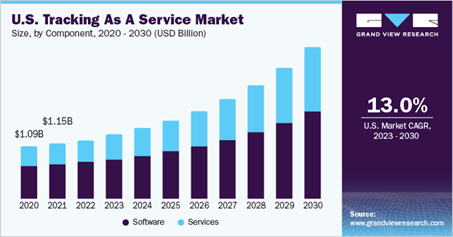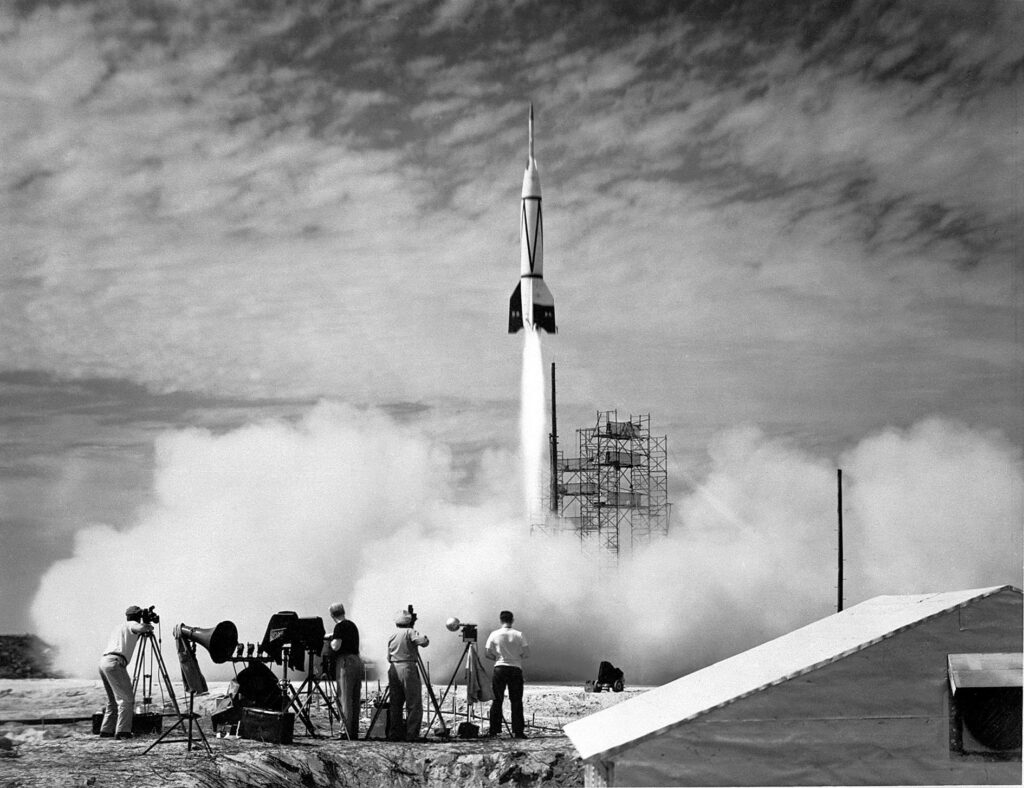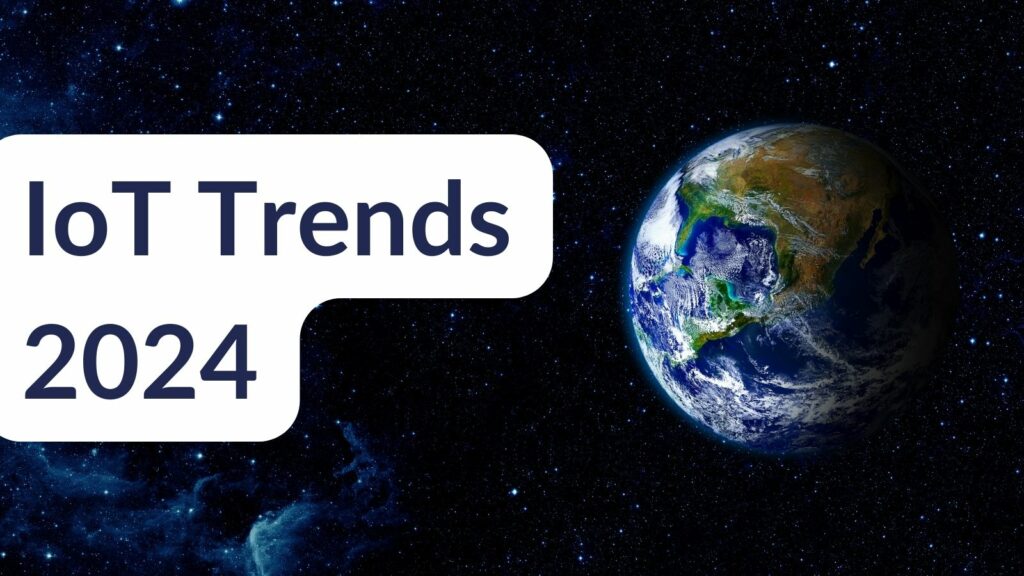Annually, Sensolus CEO Kristoff Van Rattinghe shares his insights into IoT industry trends related to tracking of non-powered assets. His vision is the result of international field experiences and the latest developments in the ecosystem.
Since 2023, IoT is moving beyond the hype and is increasingly integrated into everyday business operations, paving the way for its broader, more sustainable adoption across various industries. In Gartner Hype Curve terms: IoT is in the Slope of Enlightenment. And 2024 will not be much different, IoT technology is becoming more mature, and practical, and industry-specific use cases are getting more and more replicable. Organizations are gaining a deeper understanding of how to value and implement IoT solutions.
#1 The true value of IoT lies in its vertical integration
The IoT technology for localizing thousands of non-powered load carriers and mobile assets is now mature and works efficiently. The task – and its greatest benefit – now lies in integrating it seamlessly into companies’ IT infrastructure and business processes. After all, tracking mobile assets is only one thing. Using the resulting data points to optimize business processes and reduce costs is another.
Cloud-based management platforms for IoT tracking are therefore already helping companies to gain real benefits for their business beyond pure localization: They not only display tracker locations on a map, but also ensure that thousands of them are efficiently administered and that their collected data is made available for use in other systems such as ERP. Bidirectional data exchange between the systems is technically possible thanks to open API (Application Programming Interface) interfaces. Powerful search and filter functions as well as visually informative maps, dashboards and panels ensure that important insights can be gained quickly and intuitively from the multitude of data.

For instance, a waste management company requires more than just geographic coordinates and container fill levels from IoT sensors; they need ERP-like integration to ensure that IoT data seamlessly informs the entire process, from pick-up scheduling and driver routing to container allocation, delivery confirmations, and compliance with specific contract SLAs (Service Level Agreements).
A similar imperative exists in transport and logistics, where the integration of IoT data into Transport Management Systems (TMS) is indispensable. This trend is prevalent across all industries today, where true value materializes when IoT data becomes an integral part of industry-specific applications, facilitating transformative changes in daily processes dedicated to that particular sector, much like how accounting data, fuel card management, and HR planning contribute to the daily processes.
#2 Versatility is gold in 2024
In 2024, we can anticipate a dynamic and challenging economic landscape marked by rapidly evolving customer demands, necessitating swift adaptation. IoT projects are no exception to this trend. Those positioned to provide adaptable modular solutions will emerge as the trusted partners of the future, offering essential support to businesses as they navigate the complexities of 2024. In particular, flexibility will be the driver of success in the year ahead, especially in the following areas:
- Protocol Fusion – numerous wireless IoT technologies like LPWAN, BLE, WiFi, and UWB have achieved maturity and widespread availability. Each of these technologies carries its own set of advantages and drawbacks, encompassing both financial and technological considerations. The true enchantment occurs when these diverse technologies seamlessly interweave. This fusion delivers the ultimate value to end-users, providing them with the optimal blend of capabilities and a razor-sharp return on investment.
- Feature tailoring -frequently, the most significant business value emerges when a tiny, highly specific element of the solution is customized to precisely match real-world requirements. In the realm of IoT, this adaptability can manifest at the edge (on the device itself) or within the cloud application. For instance, in certain projects, we may adjust the priority and sequence of location technology and the associated device wake-up and sleep intervals to extend battery lifespan with years. Likewise, we empower our customers to develop their unique business logic and craft tailored dashboards within the Sensolus platform. This approach allows them to seamlessly integrate their domain-specific expertise, which is often intricately tied to the unique needs of their business.
- Custom commercial models – this encompasses the capacity to present custom-tailored commercial models to your customers that align seamlessly with their 2024 investment strategies. An illustrative case is the provision of TaaS (Tracking as a Service), wherein the customer acquires data through a long-term subscription, sparing them from a one-time purchase. Another facet of this flexibility involves offering extended multi-year contracts, which can now span up to 10 years. This extended commitment benefits both parties and underscores the profound maturity of the technology, assuring long-lasting battery performance and adaptability.

#2 AIoT - The Fusion of AI and IoT
In 2023, the term “AI” has taken center stage in all tech discussions, promising a profound and long-lasting transformation. AI’s influence has also entered the world of IoT, giving rise to what is now known as AIoT. While the impact of AI on everyday life is very graspable when considering IoT such as smart glasses, its significance in non-powered asset tracking is increasingly clear. Here are two key examples:
- Edge computing: In this scenario, AI is integrated directly into the local processing capabilities of IoT devices. For instance, these devices autonomously recognize patterns while in the field and subsequently optimize their sampling rates, broadcasting intervals, and the type of data they collect. Essentially, local AI determines when to awaken, what data to capture, and when to transmit it to the cloud. This edge-driven optimization enhances data quality and extends the operational life of the devices.
- Swarm Intelligence: Swarm Intelligence, drawing inspiration from the collective behavior of natural swarms like bees or ants, has emerged as a significant focus in the IoT realm, particularly within supply chain operations. As IoT in the supply chain becomes more decentralized with diverse infrastructure, connecting every asset, such as pallets, is not always practical. Despite this, swarm intelligence efficiently provides essential data to optimize processes, yielding an unparalleled return on investment. Rather than connecting all 100,000 pallets in a supply chain directly to the cloud, the swarm approach involves selectively connecting a subset of pallets. This strategic connectivity allows for a nuanced understanding of supply chain behavior and patterns. Some pallets are designated as “connected” and communicate locally with others using cost-effective technology, establishing parent-child relationships within the swarm. By leveraging intelligence derived from observed patterns and flows, it becomes possible to control the supply chain without the need to equip every pallet with IoT capabilities. This innovative approach results in substantial cost reductions for tracking the flows of pallets within the swarm.
#2 The IoT Space Race
The final 2024 trend is the inspiring “space race” of IoT. The vision of achieving low-power connectivity in every conceivable location is inspiring. While most IoT solutions function seamlessly on terrestrial radio systems like NBIoT, LTE-M, LoRa, and 0G, there are situations where only satellite connectivity can truly crack the code. These scenarios encompass remote operations such as mining, and agriculture, as well as remote earth monitoring, including early forest fire detection or tracking animal migrations.
Advancements in space technology have paved the way for numerous commercial companies to launch satellites of varying sizes into orbit. Thus, a spirited space race has unfolded in the realm of IoT, each player with its unique characteristics. Some leverage years of experience and existing satellite fleets, like Kineis on Argos, while others harness recent satellite constellations, such as SwarmIoT on Starlink (available in 2024). Some are even launching entirely new constellations featuring nano-satellites. The connectivity solutions range from utilizing NBIoT standards in space (sateliot), to proprietary protocols, and even modified BLE specifications, exemplified by the Hubble Network. One thing is abundantly clear: the race is on to establish dominance as the IoT connectivity provider from space.

In addition to my technical admiration for IoT trends, I hold a genuine hope that in 2024, increased investments and innovation will gravitate towards IoT products that can facilitate our journey towards making the world a better place. These include better management of our natural resources, comprehending and mitigating climate change, and supporting those most in need.

About the author, Kristoff Van Rattinghe
Kristoff is CEO and co-founder of Sensolus. Since its foundation, Kristoff has built up in-depth knowledge about transport and logistics chains. He understands better than anyone how the Internet of Things offers a solution to various challenges in the industry and how companies can ultimately save (a lot of) money.
Before Sensolus, Kristoff has built up a track record in setting up new business units, building project teams and successfully translating ideas into product in the ICT sector. In addition, Kristoff, as a board and unit manager, has provided important added value in the marketing of software applications for renewable energy.
